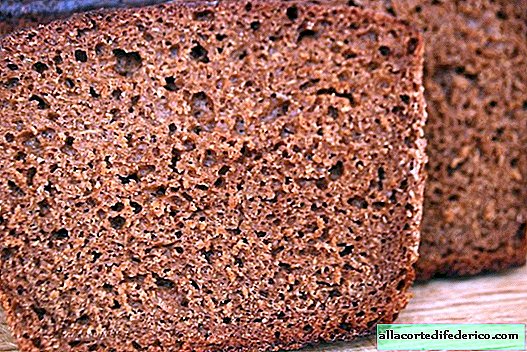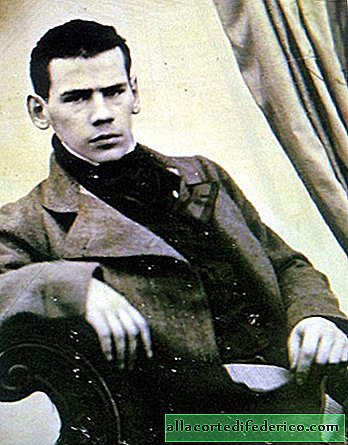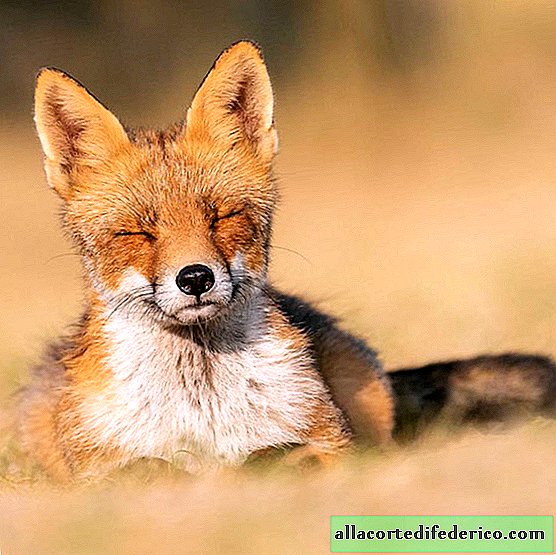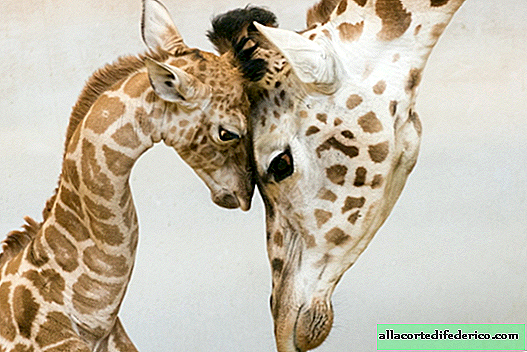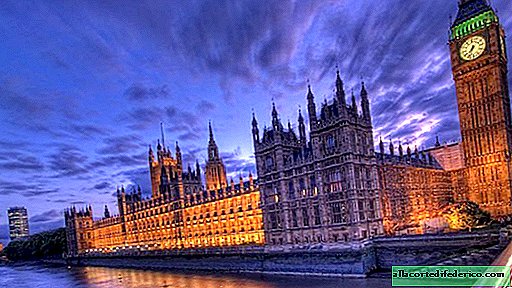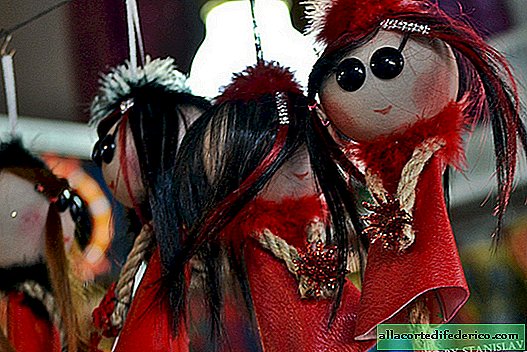Why birds don't have teeth
Many of those who happened to have a summer vacation in the village and meet with geese in their distant childhood are sure that these birds have teeth, and very sharp ones. And indeed, if you look at many wild birds from the family of ducks, for example, you can see a number of sharp formations running along the edge of the beak. In fact, these are not teeth at all, since none of the modern birds have teeth. But why did they lose the much-needed part of the body inherent in most highly developed creatures?

Toothless birds were not always. At the dawn of its appearance, when the first birds only mastered the airspace of the planet, birds inhabited the Earth, in whose beaks there were real teeth, and on the wings were claws. They came to them from their ancestors - reptiles. In the Cretaceous period, odontornith birds inhabited, the remains of which, along with their beaks and teeth, were found in several places on the planet.
But as a result of further evolution, the anatomy of birds has undergone a number of changes. In order to fly faster into the air and easier to fly, the bones of their skeleton became lighter, and the structure of the skeleton changed for greater convenience during the flight. They also did not need their teeth: in order to lighten their weight, they were gradually replaced by lighter organs that perform a similar function.

There is another interesting theory explaining why tooth extinction has become an advantage in ensuring the prosperity of birds. Scientists from Boston University have suggested that in this way birds were able to reduce the developmental time of the offspring in the egg. The fact is that their ancestors dinosaurs had teeth, and the development of their offspring in the egg took several months. Modern birds develop within a few weeks or even days, depending on the species. Scientists believe that it was the lack of teeth that could reduce the number of days of the incubation period to 60 days.
Birds have learned to do perfectly without teeth in their usual sense. Instead, there are several evolutionary adaptations for holding and grinding food in the mouth of birds. These are primarily protrusions on the beak, which at first glance can be mistaken for a number of teeth, as well as jagged formations on the tongue and indentations in the lower half of the beak. In addition, many birds, along with ordinary food, swallow small pebbles, which, once in the stomach, help them better digest food.


